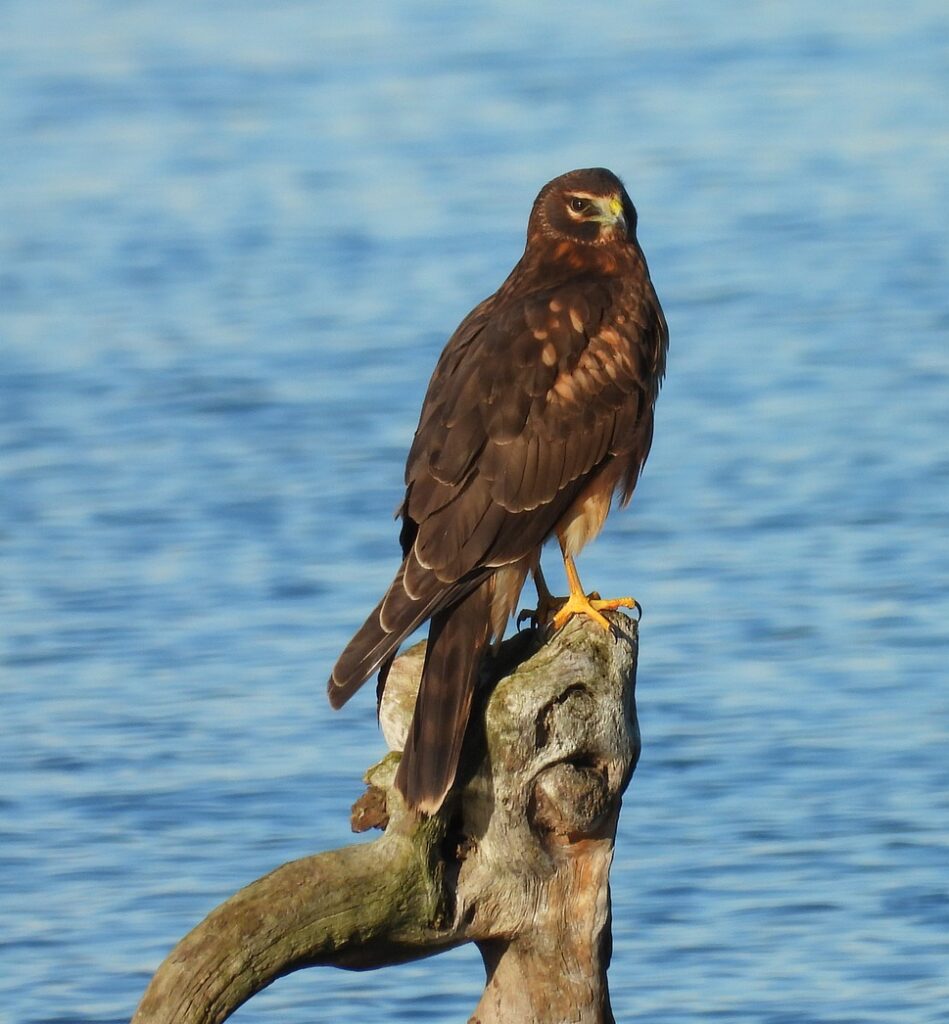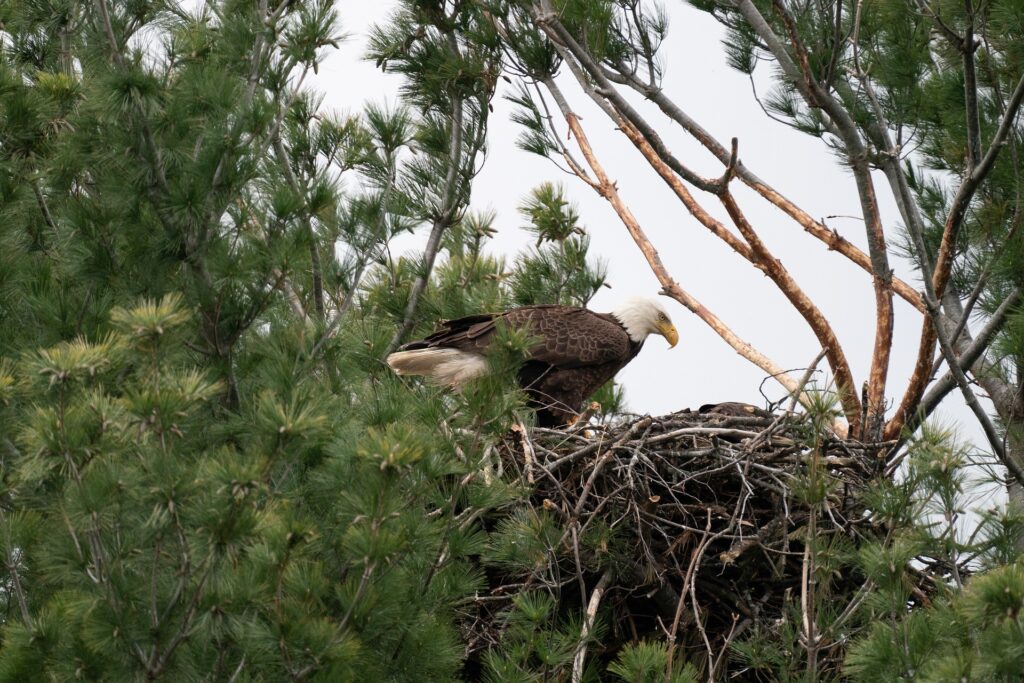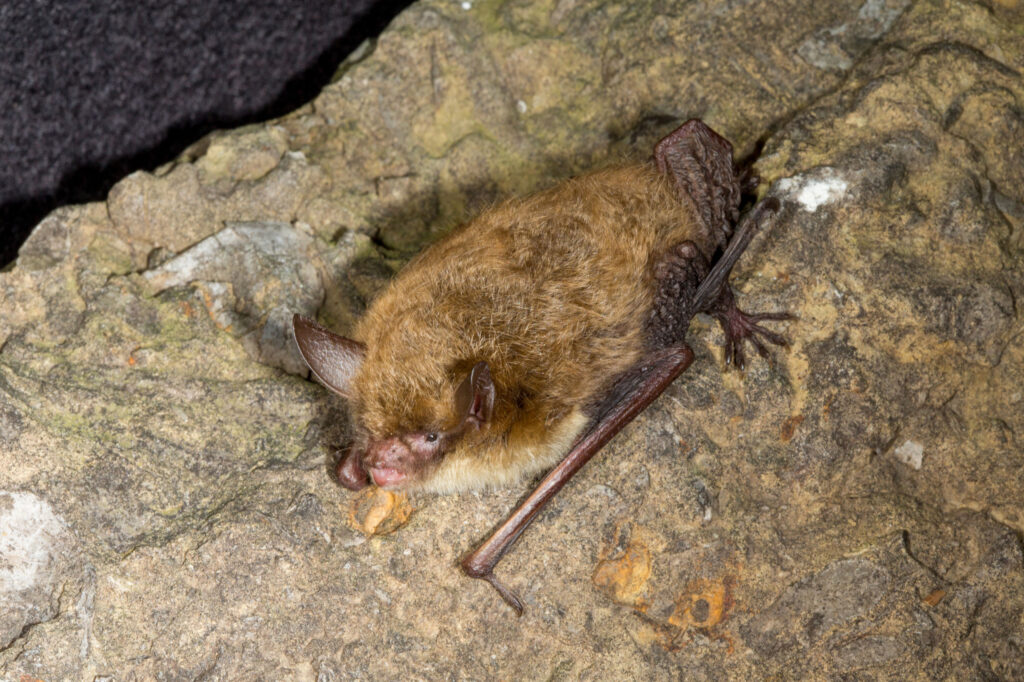By Lucas Wandrie, Sr Wildlife Ecologist, WSB
Although it is well-known that wind-energy projects have need for wildlife services, it is less known that wildlife services provide value for utility-scale solar projects. Wildlife services may be needed at different phases of project development depending on state guidelines. State permits, project off-takers or financiers often require wildlife assessments for utility-scale solar projects. Learn more about what you need to be aware of at each stage of a project.
Desktop
Biological assessment or site characterization study
A biological assessment or site characterization study is recommended to identify biological resources that may be impacted by the project including wildlife and fish communities, sensitive habitats, special status species and their habitats, and special management areas. The information gained from biological assessments and site characterization studies can help determine if additional field studies for special status species or sensitive habitats or special status species desktop-level habitat assessments are recommended, and guide project layouts.
Pre-Construction
Raptor nest and eagle nest surveys
Raptor nests, including those of eagles, are protected by the Migratory Bird Treaty Act (MBTA) and eagle nests are further protected by the Bald and Golden Eagle Protection Act (BGEPA). If project construction is planned during the nesting season, it is recommended that raptor nest surveys be conducted. The nesting season varies based on region with earlier start dates in the south. Also, raptor nest surveys are typically conducted prior to leaf-on to locate nests easier. Below are two examples of the need for such surveys.
Northern Harrier

Although many raptor species nest in trees, some species such as the northern harrier (Circus hudsonius) nest in herbaceous areas. The northern harrier is state listed in many states, and some states such as Ohio require nesting surveys when construction activities occur in herbaceous areas during the nesting season.
Bald and Golden Eagles

Bald (Haliaeetus leucocephalus) and golden (Aquila chrysaetos) eagle nests have additional protective measures and guidance under the BGEPA. The U.S. Fish and Wildlife Service guidance recommends a no disturbance buffer of at least 660 feet surrounding the nest, whether the nest is active or an alternate nest, unless similar activity occurs closer to the nest. If similar activity occurs closer than 660 feet from the nest, a no disturbance buffer of the same distance as the activity can be used. As the process to remove an eagle nest is long and costly, an eagle nest survey can help identify if there are any in the area that could be avoided during the site design process or during the construction process.
Bat habitat assessment

Many bat species roost in trees during their respective active seasons; some of these species are protected at the state or federal level. As such, tree removal within the ranges of protected bat species requires measures to avoid or minimize adverse impacts or incidental take. Avoidance or minimization measures include removing trees outside of the protected species’ active seasons, conducting habitat assessments to determine if the trees are potentially suitable roost sites, presence/probable absence surveys, or in some instances tree removal is entirely prohibited. Bat habitat assessments are often conducted when tree removal is proposed to occur during the active seasons (April 1 to October 31) of the federally endangered Indiana bat (Myotis sodalis) and the federally threatened northern long-eared bat (Myotis septentrionalis). The ranges of the Indiana bat and northern long-eared bat extend throughout much of the eastern United States. Some states, such as Missouri, have additional guidance measures that need to be followed regarding tree removal within the range of federally listed bat species. The bat habitat assessment provides information used to determine where tree removal can occur and whether tree removal can occur during the active season, or if tree removal activities should be postponed. Bat habitat assessments can be conducted at any time of the year.
During Construction
Environmental Compliance
Bird nest surveys may be needed depending on the geographic region of the project, construction timing, and the habitat types where construction activity will occur. The nests of bird species are protected by the MBTA. Nesting surveys are recommended if construction activities are planned to occur in non-agricultural areas during the active nesting season. The active nesting season varies based on region with nesting activity starting earlier at southern latitudes. If active nests are observed during survey efforts, a no disturbance buffer is established until the offspring are fledged or the nest is abandoned. The size of the buffer depends on the species, with smaller buffers used for nest of common species and larger buffers used for nests of rare species and raptors.
Conclusion
Ultimately, understanding the resources within and near your project site early in project development can reduce the risk of costly design revisions as well as the risk for permitting or construction delays. Although the focus of this piece was on avian and bat-related services for utility-scale solar projects, wildlife services can also help with project-related concerns involving other taxonomic groups including invertebrates (such as the rusty patched bumble bee [Bombus affinis] and Dakota skipper [Hesperia dacotae]) and reptiles (such as the eastern massasauga rattlesnake [Sistrurus catenatus] and Blanding’s turtle [Emydoidea blandingii]). For additional questions regarding the need for and value of wildlife surveys, contact Lucas Wandrie.

Lucas has over 15 years of experience in wildlife ecology and consulting. His specialties include providing desktop and field-based wildlife services for wind and solar projects and has supported the successful completion of these projects in 34 states.
[email protected] | 612.452.0540

